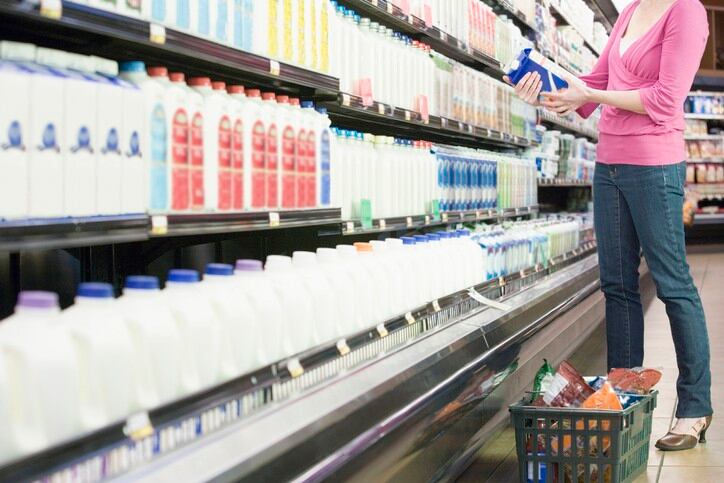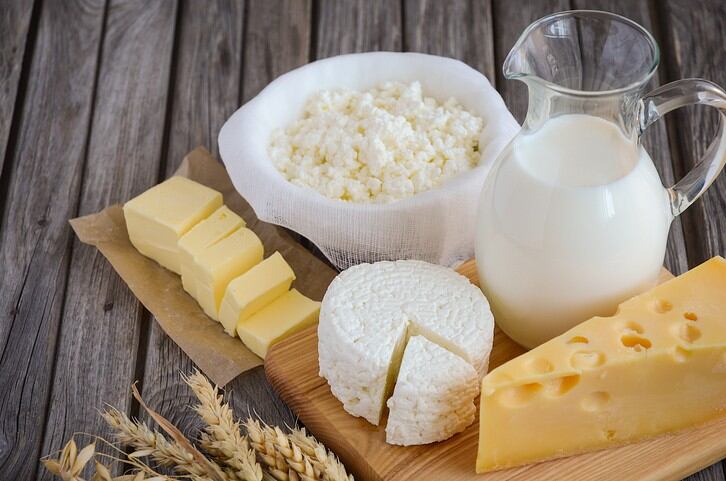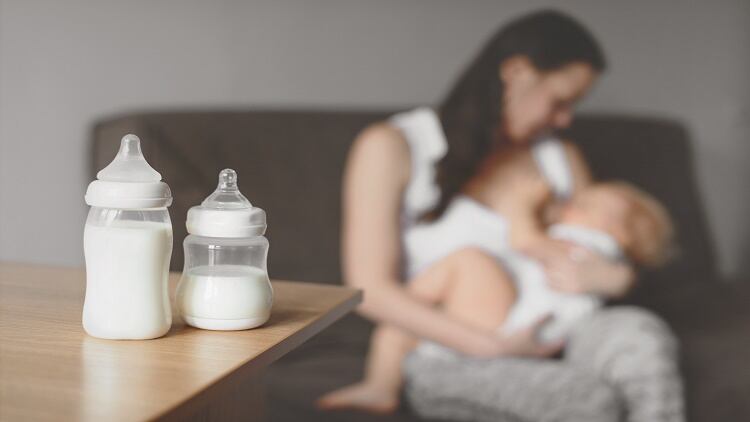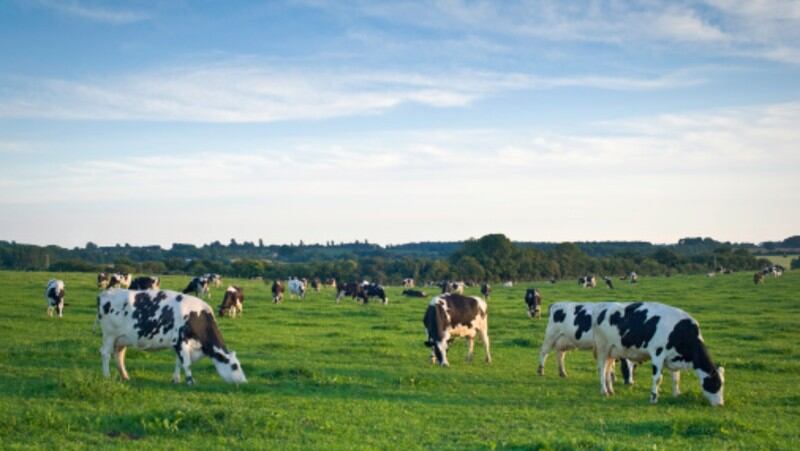When we last spoke with Baladna earlier this year, the firm had just confirmed its dairy venture plans in Malaysia, to initiate operations by 2025 and produce 100 million litres of fresh milk annually within the first three years.
Several months on, the firm has firmed up more aspects of its business strategy and has stated that the initial focus will be on Malaysia’s liquid milk market.
“We’re primarily targeting the Malaysian liquid milk market [as] the self-sufficiency rate for liquid milk (fresh and UHT) in Malaysia is just 15% and it has been in decline for a number of years,” Baladna Founder and Managing Director Ramez Al-Khayyat told FoodNavigator-Asia.
“Once the country is self-sufficient in liquid milk then we will look at more value-added products such as yoghurt and cheese. That is likely to be in four to five years’ time.
“It’s likely that we will create a new brand in Malaysia which will appeal to the consumer base there rather than use the Baladna brand.”
In addition, given its initial successful collaboration with Malaysia, Baladna is also looking to expand the implementation of its dairy self-sufficiency model to more countries in the South East Asian region.
“Our priorities are in South East Asia, where self-sufficiency rates are low and governments are supportive,” Al-Khayyat said.
“We are currently in discussions with PT Berdikari in Indonesia to start there as our second major project [and] are also working with the government and the Department of Agriculture in the Philippines [where we] have looked at sites that would be suitable to grow forage on a large scale.
“All of the South East Asian markets are milk deficient and as you know there has been a significant increase in dairy commodity prices over the past number of years. Looking forward, with the governments in Europe advising farmers to reduce dairy production, that's likely to continue.
“In addition, we are looking at several countries in Eastern Europe where their milk output is in decline due to an aging farming community, and where there is a growing demand for fresh milk and other high value dairy products.”
Combatting sustainability issues
One of the main reasons for dairy prices going up revolves around sustainability concerns, especially in producer countries in Europe, but according to Baladna its model has a way to combat this.
“[In order to] reduce the effects of methane produced by cows, countries such as the Netherlands and Ireland are encouraging farmers to produce less milk and they’re paying increased subsidies for organic farms and for set-aside, in addition to using fewer chemical fertilisers,” said Al-Khayyat.
“But in our case in Malaysia, this is not an issue as we would capture the methane in an anaerobic bio digester plant and convert it into energy that will be used to cool the barns and provide fuel for Baladna’s tractors.
“In addition, the bio-digester will provide organic fertiliser for our forage requirements and will improve the overall fertility of the soil. Additional self-sufficiency and renewable energy initiatives include the use of solar on barns, on roofs and on the side of the processing plant.
“All of this will support our business model and reduce our overall cost of production as well.”
Based on Baladna’s previous experience in Qatar building a productive dairy herd in a high heat, high humidity environment – similar to that in Malaysia, the estimation is to achieve between 38 to 40 litres per cow per day in less than four years from start up, compared to an average of 15 litres per cow per day on most dairy farms in Malaysia presently.





